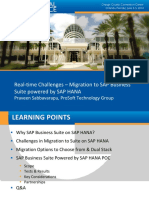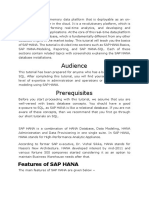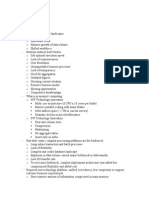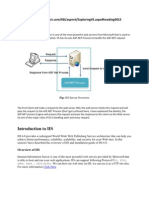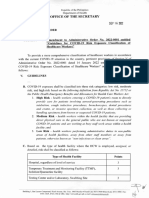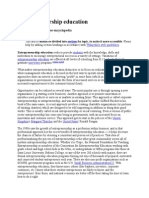0% found this document useful (0 votes)
21 views2 pagesSAP HANA Database Notes
SAP HANA is a high-performance in-memory database designed for real-time analytics and applications, featuring components like the database engine, SAP HANA Studio, and data provisioning tools. The document covers installation, upgrades, maintenance, security, performance tuning, backup strategies, and application development within SAP HANA. It emphasizes the importance of consulting official documentation and utilizing community resources for support.
Uploaded by
azbinsarvarCopyright
© © All Rights Reserved
We take content rights seriously. If you suspect this is your content, claim it here.
Available Formats
Download as DOCX, PDF, TXT or read online on Scribd
0% found this document useful (0 votes)
21 views2 pagesSAP HANA Database Notes
SAP HANA is a high-performance in-memory database designed for real-time analytics and applications, featuring components like the database engine, SAP HANA Studio, and data provisioning tools. The document covers installation, upgrades, maintenance, security, performance tuning, backup strategies, and application development within SAP HANA. It emphasizes the importance of consulting official documentation and utilizing community resources for support.
Uploaded by
azbinsarvarCopyright
© © All Rights Reserved
We take content rights seriously. If you suspect this is your content, claim it here.
Available Formats
Download as DOCX, PDF, TXT or read online on Scribd
/ 2













